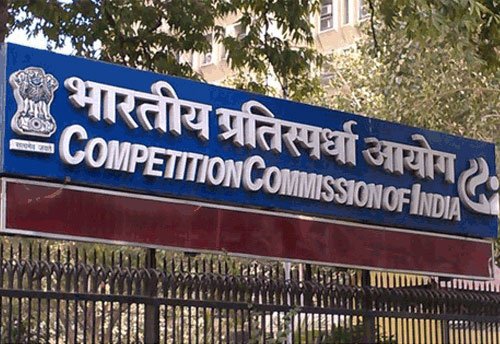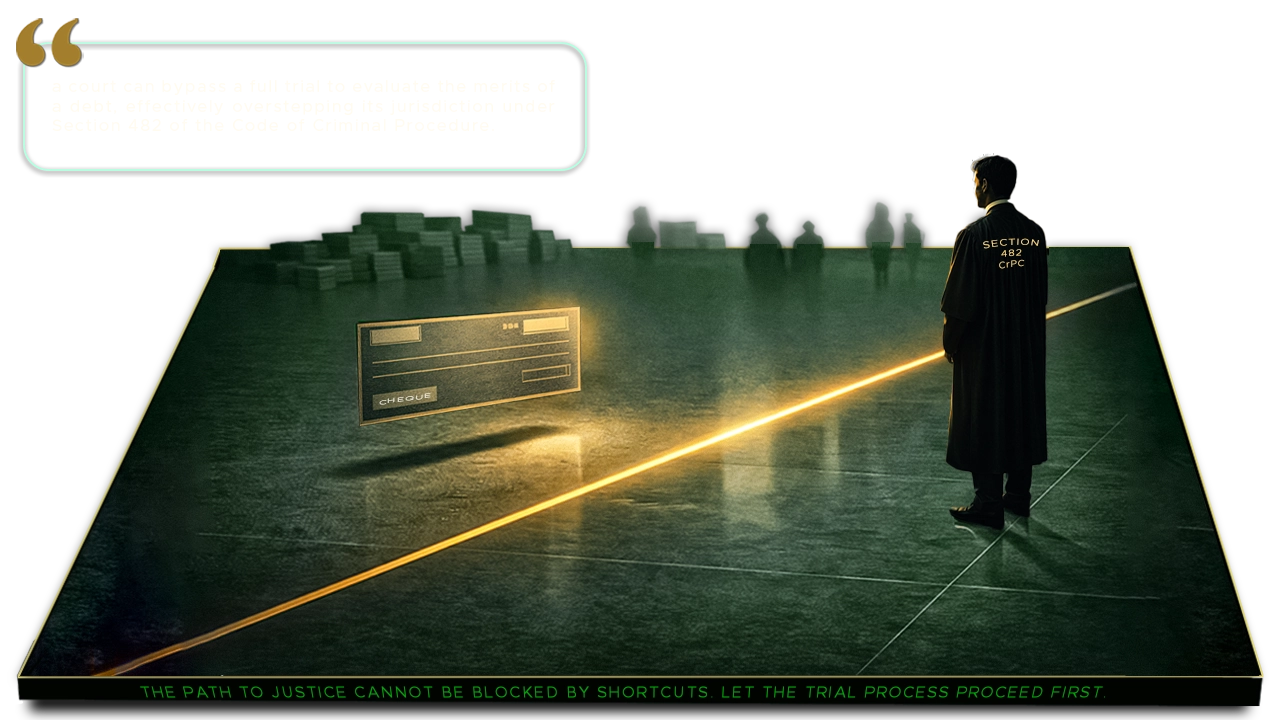Introduction
In a significant judgement in Nayeem Noor Mohamed & Anr. V. Nazim Noor Mohamed1 with far-reaching implications for arbitration jurisprudence in India, the Karnataka High Court, in a bench comprising Justices Anu Sivaraman and Justice K. Manmadha, has meticulously dissected the scope and nature of orders passed under Section 33 of the Act .The court held that an order issued under Section 33, even if it is of an interim character, constitutes an arbitral award, not a mere interlocutory order. This pronouncement clarifies a crucial distinction that often blurs the lines in post-award proceedings.
This judgment shines a spotlight on the precise boundaries of an arbitrator’s power under Section 33. The court firmly held that this provision is narrowly confined to rectifying clerical errors, similar mistakes, or recomputing claims, and is explicitly not a gateway for “additional adjudication” of claims previously omitted from the award. But what happens when a party believes the arbitrator has overlooked a key claim? Can they seek a fresh adjudication under the guise of Section 33? This very question was at the heart of the matter before the court.
The dispute arose from an arbitral award where certain claims were rejected. A subsequent application was filed under Section 33(4) by the respondents, seeking adjudication on claims that they argued were presented but not decided upon by the arbitrator.
The appellants, however, vehemently objected, contending that this amounted to a prohibited modification and review of the final award. This legal skirmish led to a fascinating procedural tango. The trial court initially deemed the Section 34 application challenging the Section 33 order maintainable, only to later dismiss it on the very same grounds. This flip-flop of judicial stance brought the matter to the High Court’s doorstep.
The learned senior counsel for the appellants, building upon this foundational argument, introduced a powerful procedural challenge rooted in the doctrine of res judicata. They argued that the trial court’s impugned judgment dated June 27, 2024, should be set aside because it failed to respect the principle of a concluded order. The counsel highlighted a previous order from the same trial court, dated October 13, 2023. In that earlier instance, the court, while granting a stay under Section 36(2) and (3) of the Act, had squarely addressed and rejected the respondents’ objection that the Section 34 application was premature. The court had expressly held that the Section 34 application was “maintainable,” and since this order was never challenged by the respondents, it had become final.
Therefore, the appellants’ counsel contended, the trial court could not revisit the same issue of maintainability in its subsequent judgment. To support this position, they cited a crucial Supreme Court precedent, S. Ramachandra Rao v. S. Nagabhushana Rao and others2. This case, the counsel emphasized, clearly establishes that the doctrine of res judicata applies not only to separate subsequent proceedings but also to “any subsequent stage of the same proceedings.” Consequently, the earlier, concluded order on maintainability was binding on the parties and could not be ignored.
The appellants’ position was further reinforced by another landmark decision, Gyan Prakash Arya v. Titan Industries Limited3. This case, the counsel submitted, directly addressed the limited scope of Section 33. The Supreme Court in that judgment clarified that the power under Section 33 is confined to correcting “arithmetical and/or clerical errors” and does not permit a party to introduce a new claim or a fresh adjudication. By attempting to do so, the arbitrator in the present case had acted beyond their statutory powers. The appellants’ counsel thus painted a picture of a trial court that had not only contradicted its own prior, binding order but had also ignored the clear and restrictive jurisprudence laid down by the Apex Court regarding the scope of an arbitrator’s authority post-award.
Conversely, the respondents’ counsel sought to navigate this judicial thicket by arguing that the arbitrator’s decision was a permissible exercise of power under Section 33(5), leading to an “additional award” for claims that were allegedly overlooked. They maintained that the rejection of these claims without considering their merits was a “clear defect” that could be rectified under Section 33(4). In support of these contentions, the learned senior counsel for the first respondent relied upon a number of judgments, including Indian Farmers Fertilizer Cooperative Limited v. Bhadra Products4, ONGC Petro Additions Limited v. Technimont S.P.A. and Another5,; and Harinarayan G. Bajaj v. Sharedeal Financial Consultants Pvt. Ltd. and Another6,. The respondents’ counsel’s core argument hinged on the characterization of the impugned order as an “interim arbitral award” and therefore not open to a challenge under Section 34. This contention was a direct counterpoint to the appellants’ reliance on the res judicata principle and the narrow interpretation of Section 33, setting the stage for the High Court to resolve a fundamental conflict between procedural finality and the substantive scope of an arbitrator’s post-award powers.
A meticulous examination of the court’s reasoning to address this issue reveals a deep-seated respect for the legislative intent behind the Arbitration and Conciliation Act. The court begins by stressing a critical point: while the order of the arbitrator might not be an “award in the strict sense,” it is undeniably an action that steps beyond the permissible scope of Section 33(4). What, then, is the true purpose of Section 33? The court’s interpretation is both clear and restrictive. It is a provision for correction, not for a fresh bite at the cherry. It permits an additional award only for claims “presented in the arbitral proceedings but omitted from the arbitral award.” The emphasis here is on “omitted,” not “adjudicated and rejected.” This distinction is the bedrock of the court’s decision.
The court further buttressed its reasoning by looking at Section 32 of the Act, which stipulates that the arbitral proceedings terminate with the final award. Subject to the provisions of Section 33, the arbitrator’s mandate ends at this point. The only way to prolong this mandate is through the limited exercises permitted under Section 33. In this case, since there was no challenge to the award under Section 34, the arbitrator’s mandate had, in essence, been extinguished. The court observed that the arbitrator’s attempt to “reopen” the arbitration was an unwarranted resurrection of a terminated mandate, going far beyond the corrective function envisioned by the statute.
The judgment then turns its attention to the procedural maze created by the trial court’s fluctuating stance. The court reminds us that courts exercising powers under Section 34 and Section 37 have inherent powers, much like those under Section 151 of the CPC7. It’s a reminder that while the arbitration process is meant to be speedy, the courts retain a vital role in ensuring that the process remains within legal bounds. The court acknowledges that recourse to a court under Section 34 is for “setting aside an award” and that an appeal under Section 37 lies from orders that set aside or refuse to set aside an award. This is the legal framework within which the court must operate.
The court poignantly addresses the potential absurdity of not intervening at this stage. It argues that declining to interfere on the “technical ground” that the impugned order is not a final award would be a grave error. Why? Because it would condemn the appellant to a “long drawn out” and “unnecessary” further arbitration, only to have to challenge the subsequent award on the very same grounds. This would defeat the very purpose of arbitration, which, as the court emphasizes, is to prevent such delays. This is not just a legal argument; it’s a pragmatic one, rooted in the core philosophy of the ACA.
This leads us to the court’s final, conclusive finding. The court explicitly states that an “arbitral award includes an interim award” as per Section 2(c) of the Act. An interim award, it clarifies, has an independent existence and the characteristics of a full-fledged award. The arbitrator’s decision to reopen the arbitration on the basis of a flawed Section 33(4) application was, in the court’s view, an action with all the hallmarks of an interim award. It had an existence of its own and was capable of being considered independently. The court drew a compelling parallel to Section 37, which allows an appeal from an order accepting a plea that the arbitral tribunal is exceeding its jurisdiction under Section 16. The arbitrator’s action in this case was, in essence, an exercise of jurisdiction it no longer possessed.
Conclusion
Ultimately, the court’s decision is a masterclass in judicial discipline and interpretive skill. It did not merely settle a dispute; it clarified a fundamental principle of arbitration law. It declared that the arbitrator’s exercise of re-opening the arbitration and calling for fresh claims was “completely unwarranted.” The arbitrator, the court reminds us, must operate within the strict confines of the statute. The claimant, having not challenged the original award, could not be permitted to use a Section 33 application as a backdoor to broaden the scope of the arbitration. The judgment concludes by allowing the commercial appeal, effectively nullifying the arbitrator’s flawed order and re-establishing the finality of the original award. It’s a powerful statement in favor of the integrity and efficiency of the arbitral process.
Citations
- Arbitration and Conciliation Act, 1996
- S. Ramachandra Rao v. S. Nagabhushana Rao and others, reported in 2022 SCC OnLine SC 1460
- Gyan Prakash Arya v. Titan Industries Limited, reported in (2023)1 SCC 153
- Indian Farmers Fertilizer Cooperative Limited v. Bhadra Products, reported in (2018) 2 SCC 534
- ONGC Petro Additions Limited v. Technimont S.P.A. and Another, reported in 2019 SCC OnLine Del 8976
- G. Bajaj v. Sharedeal Financial Consultants Pvt. Ltd. and Another, reported in 2003 (2) Mh.L.J.
- Code of Civil Procedure, 1908
Expositor(s): Adv. Anuja Pandit






